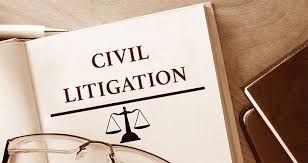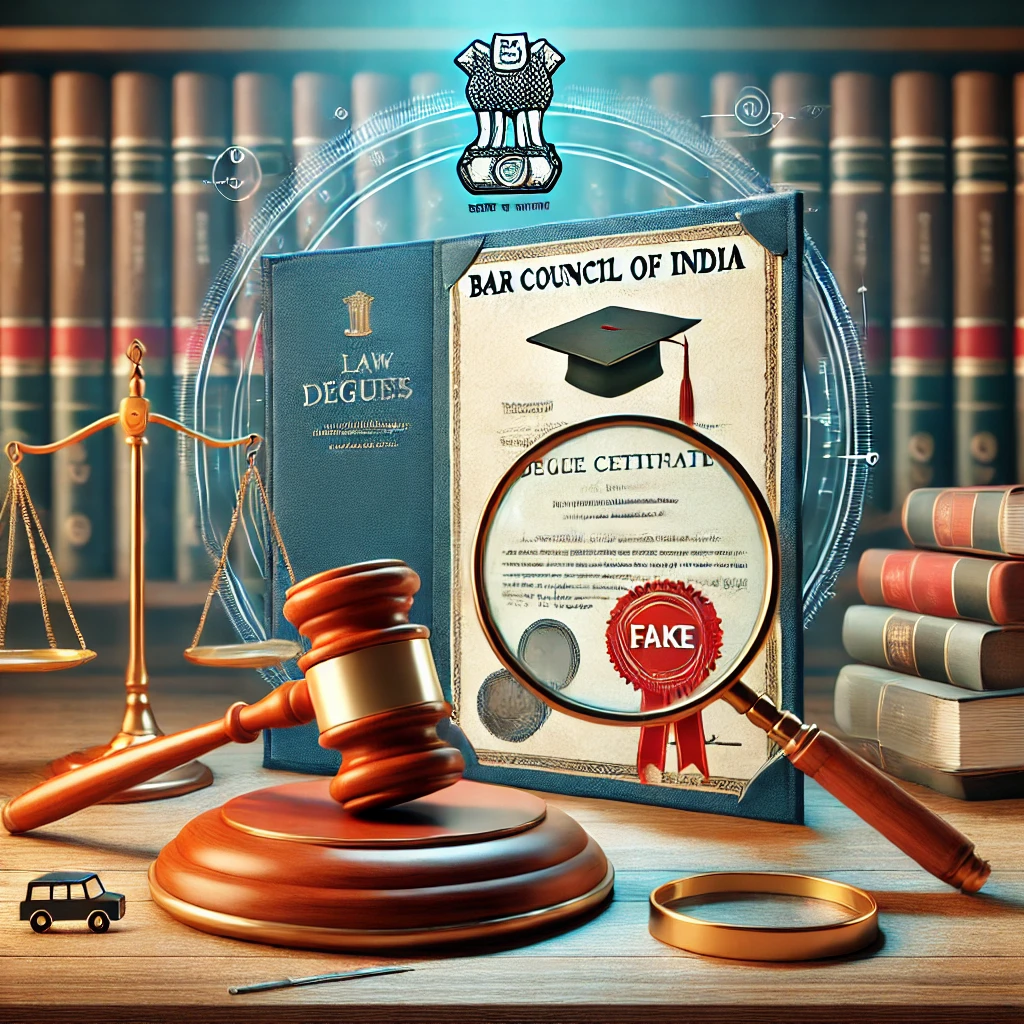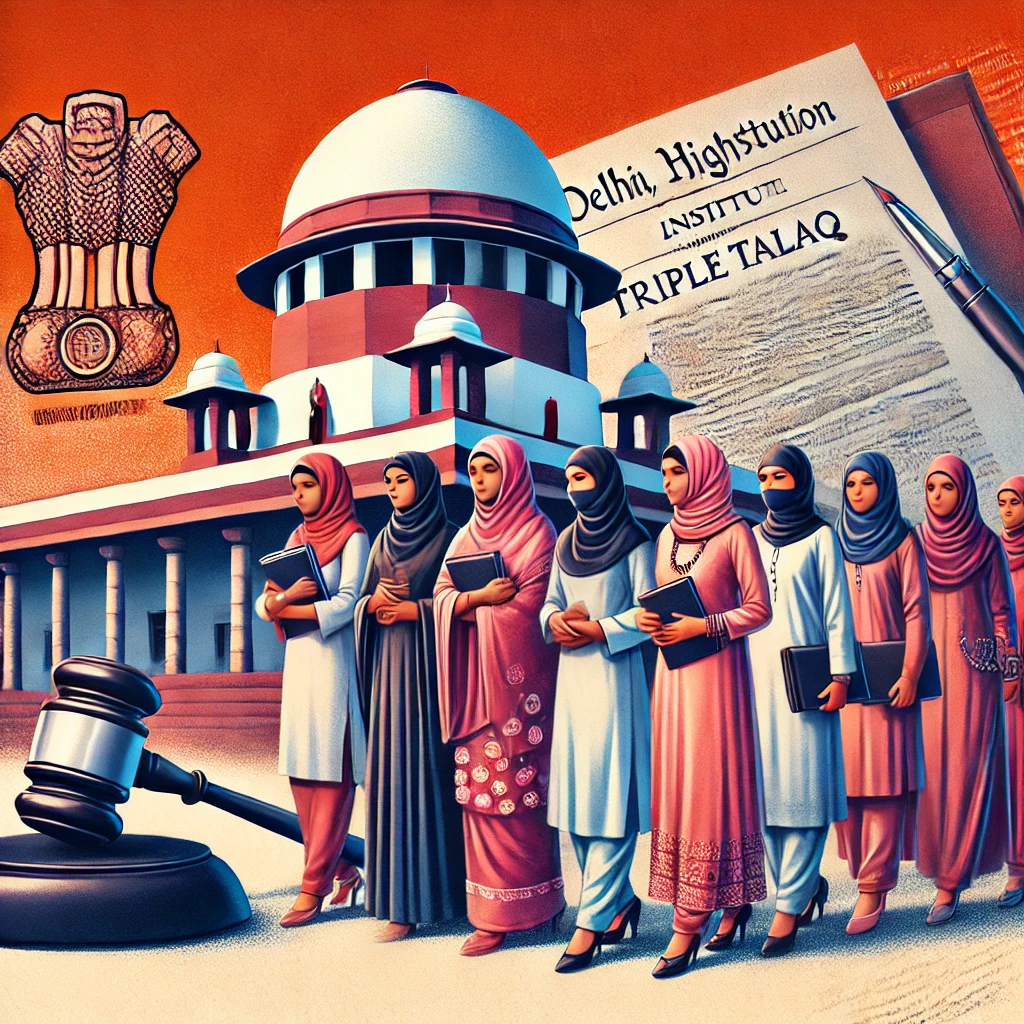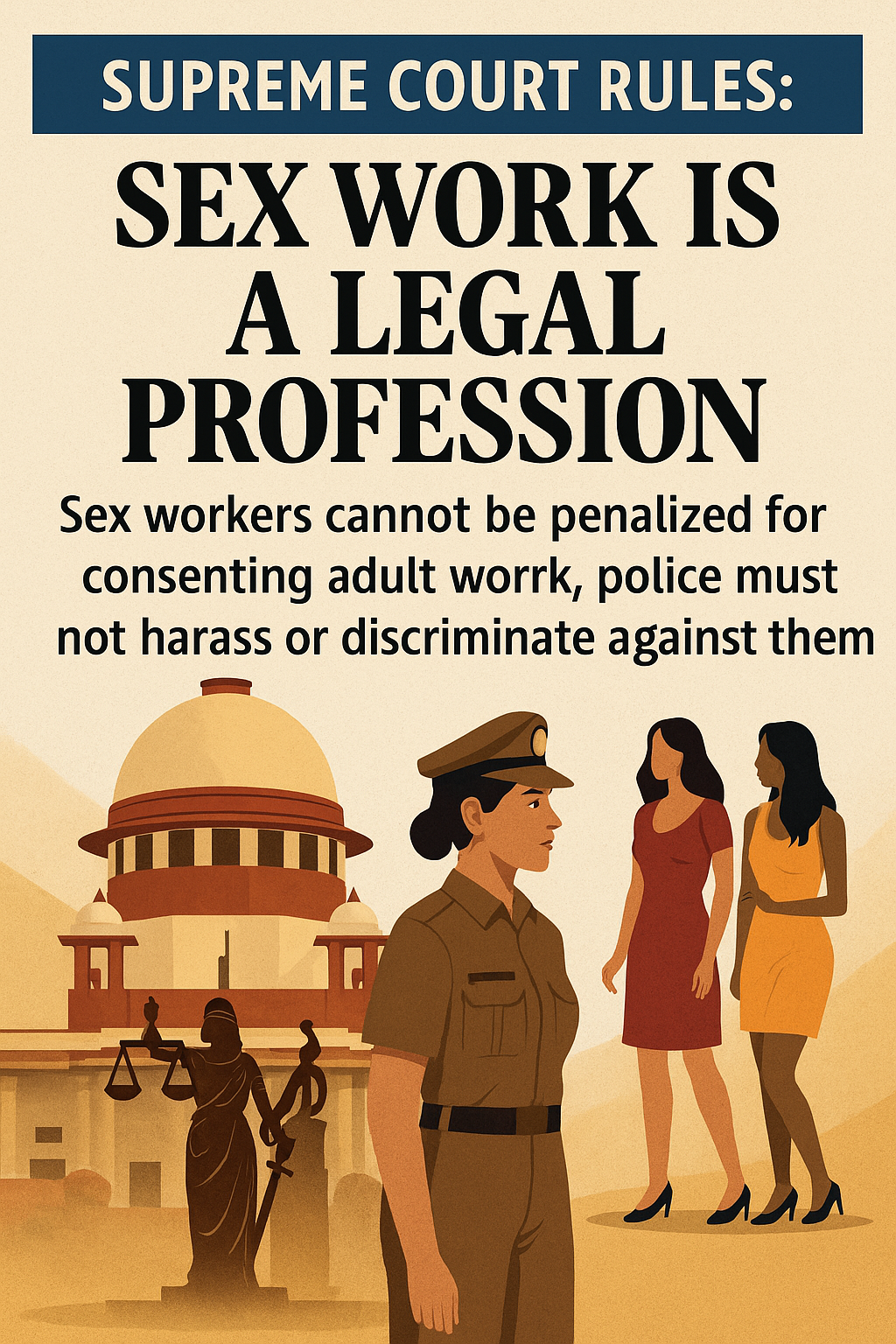Civil Procedure Code at Armenia
The Civil Procedure Code of Armenia is the primary legal framework that governs the procedures for resolving civil disputes in the Armenian legal system. It sets out the rules and procedures for civil litigation, including how civil cases are initiated, heard, and decided in Armenian courts. The code is designed to ensure fairness, transparency, and the protection of the rights of individuals involved in civil proceedings.
Here are some key components of Armenia’s Civil Procedure Code:
1. Jurisdiction and Competence:
The Civil Procedure Code defines the jurisdiction of Armenian courts, outlining which court has the authority to hear different types of civil cases (e.g., disputes involving property, contracts, inheritance, etc.).
It sets out the rules for determining the competence of local courts based on the nature of the dispute, the amount in question, and the residence of the parties involved.
2. Initiating a Civil Case:
Civil cases are initiated by filing a claim with the relevant court. The plaintiff (the party initiating the lawsuit) submits a statement of claim that outlines the legal grounds for the case and the desired remedy.
The claim must include detailed facts, evidence, and legal arguments supporting the plaintiff’s position.
The defendant (the party being sued) is then notified of the lawsuit and given the opportunity to respond to the claim.
3. Parties Involved:
The Civil Procedure Code defines the roles of the parties involved in civil litigation: the plaintiff, the defendant, and any third parties who may have an interest in the case.
It also provides rules for representatives, such as lawyers, who can act on behalf of the parties.
4. Court Procedure:
The Civil Procedure Code governs the conduct of the trial. It defines the steps involved, including the preparation for trial, the submission of evidence, and the hearing of witnesses.
The procedure ensures that both parties have an opportunity to present their case, and the court must consider the facts and the law when rendering a decision.
Civil cases are typically adjudicated by a judge, and in some instances, a panel of judges may be involved.
5. Evidence and Burden of Proof:
The code establishes rules regarding the submission and evaluation of evidence in civil cases, including documents, witness testimony, expert opinions, and physical evidence.
The burden of proof lies with the party making the claim (the plaintiff), who must prove their case by presenting sufficient evidence.
The defendant has the opportunity to present evidence to challenge the plaintiff’s case and may also introduce counterclaims.
6. Interim Measures:
The code allows for interim measures to be requested by the parties, such as freezing assets or securing evidence, in cases where there is a risk that the other party might try to evade the judgment or cause harm before the case is decided.
Courts can issue orders for these temporary measures to protect the interests of the parties until a final judgment is made.
7. Judgments and Decisions:
Once the trial is concluded, the court renders a judgment, which resolves the dispute between the parties.
The judgment will specify the rights and obligations of the parties involved, including orders for payment, property transfer, or any other remedy that the court finds appropriate.
The judgment may also include provisions for costs associated with the case, such as attorney’s fees, court fees, and other expenses incurred during the litigation process.
8. Appeals:
The Civil Procedure Code allows for the appeal of court decisions. Parties who are dissatisfied with a judgment can file an appeal to a higher court, typically the Court of Appeals.
The appeal is based on legal grounds, such as errors in the application of law or procedural violations.
The appellate court can uphold, modify, or overturn the lower court’s decision.
9. Enforcement of Judgments:
The code establishes procedures for the enforcement of judgments. If a party refuses to comply with a court order, the other party can request enforcement through the enforcement agencies, such as the bailiffs.
Enforcement may involve actions such as garnishing wages, seizing property, or other legal means to ensure compliance with the judgment.
10. Alternative Dispute Resolution (ADR):
The Civil Procedure Code encourages alternative dispute resolution methods, such as mediation or arbitration, to resolve disputes without going through formal litigation.
Parties can agree to submit their disputes to a mediator or arbitrator, and the resulting agreement can be legally binding.
11. Legal Reforms:
Armenia’s legal system has undergone reforms, and the Civil Procedure Code has been updated over time to improve the efficiency of the court system, provide clearer guidelines for dispute resolution, and align with international standards of justice.
12. Special Procedures:
The code also provides special procedures for specific types of cases, such as family law matters, labor disputes, and cases involving the state or public institutions.
It sets out the procedures for handling these cases, including rules that may be more flexible or streamlined to address the particular needs of these areas.
Conclusion:
The Civil Procedure Code of Armenia ensures that civil disputes are resolved through a clear, transparent, and fair process. It provides a framework for initiating cases, presenting evidence, obtaining judgments, and enforcing decisions. As with many legal systems, it also offers mechanisms for appeals and alternative dispute resolution to ensure justice is achieved in civil matters.





























0 comments